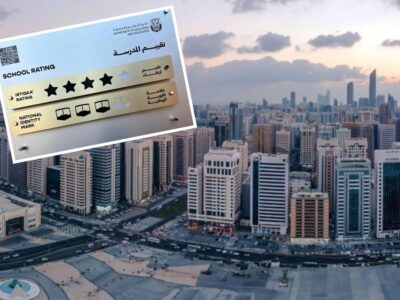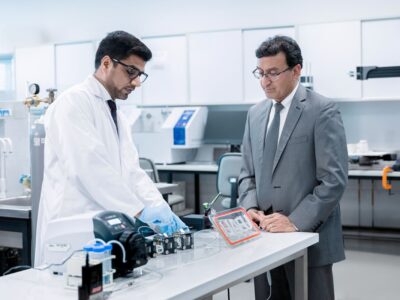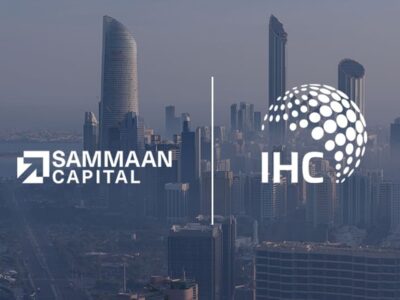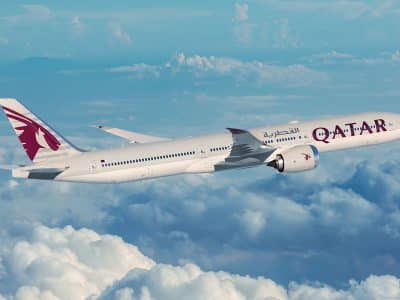The release of the 2007 TIMSS results is making countries take stock of their educational progress over the last four years.
When the TIMSS (Trends in International Mathematics and Science Study) results were released in December, education ministries and bodies throughout the world paused for a few moments to look back and check how far they had come.
For Asian countries, the results couldn’t have been better. Students from Japan, South Korea, Hong Kong, Taiwan and Singapore outperformed their counterparts in the rest of the world, scoring well above the average in both maths and science at grades four and eight.
England, Hungary and Russia followed the lead group, while Ghana, Qatar and Yemen consistently scored lowest in both maths and science.
Conducted every four years, TIMSS results are closely watched by education authorities to monitor their countries’ progress over time, and to compare their performance with other countries.
“It’s natural that this aspect of the report excites a lot of interest,” said Dr Seamus Hegarty, chair of TIMSS organiser IEA (International Association for the Evaluation of Educational Achievement). “We all want to see how we compare with our neighbours, and whether we have gone up or down since last time.”
Though the resulting “league table” provides governments with crucial information on the effectiveness of their countries’ educational systems, TIMSS also provides a host of data on other factors affecting student learning, such as students’ attitudes towards maths and science, the amount of time spent on homework, their use of computers and the internet, the extent of parental involvement, and the confidence of teachers in teaching maths and science.
It is only when all this data is collated that authorities can gain a complete picture of their countries’ performance. Korean students, for example, who came second only to Taiwan in 8th grade maths, ranked 43rd out of the 50 countries surveyed on their attitudes towards maths and science. This led one Korean newspaper to state that the country had an “urgent need to reform teaching methods of these subjects.”
Similarly, Qatar’s bottom ranking in 8th grade maths belies the enthusiasm students have for the subject. It scored above the international average for attitude to mathematics, teacher preparation and school climate.
“These and many other factors impact on student learning,” Hegarty continued, “and our reports clarify the complex relationships between them, for the benefit of educational policy makers and practitioners.”
The regional perspective
The bare facts of the 2007 TIMSS results reveal a startling picture for the Middle East. Of the 15 Arab countries to take part in the 2007 TIMSS cycle, none scored above the international scale average of 500 points.
Of the bottom 15 countries in 8th grade maths and science, 10 were Arab. Despite its extensive, and expensive, reforms programme, Qatar ranked last in 8th grade maths, and second-to-last in 4th grade science and maths. Bahrain, Saudi Arabia and Egypt all scored less in 8th grade maths in 2007 than in 2003.
On the face of it, few would deny these results are deeply troubling. But scratch beneath the surface, and a little light starts to break through.
Dubai, taking part for the first time as a benchmarking participant, led the field among Arab nations in both maths and science for 4th and 8th grade.
Dr Abdulla Al Karam, director general of Dubai’s Knowledge and Human Development Authority (KHDA) stressed that the aim of the emirate’s participation was to set a level from which future progress can be measured, not to compare its performance with other countries.
“The main purpose of TIMSS is to know where the baseline is; where we stand. These results will allow us to plan and deliver improvements, which can then be measured,” he said.
Dubai’s results have revealed not only the effectiveness of maths and science instruction across public and private schools, but have also detailed the curricula which best lend themselves to these subjects. “The private sector is doing better than the public sector,” said Al Karam.Private school students scored 105 points more than those in state education at eighth grade level, and 54 points more at fourth grade. In 8th grade maths, Dubai’s private schools ranked above the scale average.
The national curriculum of England, further, produced the highest scoring students, followed by the American curriculum and the Indian school system.
These results have highlighted the need to address the discrepancy between public and private education, said Al Karam.
“There will definitely be an action plan – we will be discussing this,” he continued, referring to greater autonomy for public schools.
“If you don’t allow autonomy and partnership between public and private schools, what’s the use? There are great schools in Dubai, and there are schools which can be improved. We want to facilitate public and private schools working together.”
Keen to gauge the progress of its Education for a New Era reforms programme, Qatar also eagerly awaited the 2007 TIMSS report. The country’s first participation in the study, however, produced poor results – last and second-to-last in each of the four categories.
Though disappointing, the outcome was not completely unexpected, admitted Adel Al Sayed, director of the Evaluation Institute at the Supreme Education Council.
The country’s own assessment programme, the Qatar Comprehensive Educational Assessment, had also revealed below par student performance in maths and science.
Nevertheless, he continued, TIMSS results represented both an important step towards improving students’ future scores and a crucial benchmark from which to evaluate the reforms.
Policy makers generally agree that the fruits of education reform only become clear after 10 to 15 years.
To Qatar’s credit, Al Sayed added, the country has already put in place the infrastructure necessary to help ensure more positive results in the next cycle of TIMSS – adequately equipped school buildings, a strong teacher training programme, modern and demanding teaching materials, an ambitious vision, and a sheer political determination to succeed.
All other countries in the GCC – Kuwait, Bahrain, Saudi Arabia and Oman – have also started to invest heavily in education, and expect their 2011 TIMSS results to improve.
The United Nations Development Programme (UNDP), which sponsored the participation of eight countries in the region, including Lebanon, Egypt, Palestine and Yemen, cites conflict and poverty as the main reasons for the Middle East’s poor performance in TIMSS.
Literacy rates in the region remain low, as does the number of children completing primary education.
UNDP hopes that the availability of independent evaluation, such as that offered by TIMSS, will encourage these countries to formulate policy reforms that meet the evolving demands of the global knowledge-based economy.
TIMSS (Trends in International Mathematics and Science Study), is a benchmark science and mathematics test taken by grade four and eight students every four years.
It allows countries to monitor progress in educational improvement over time, and helps policy makers to gauge the impact of investment and curriculum reform within their educational systems.
TIMSS collects a rich array of contextual information about how mathematics and science learning occurs in all countries participating in the project. It requires students, teachers, and school principals to complete questionnaires about curriculum, schools, classrooms, and instructional practices.
This data then provides policy-makers, curriculum specialists, and researchers with a dynamic and complete picture of implementation of educational policies and practices around the world.
TIMSS was established in 1995 and is coordinated by the International Association for the Evaluation of Educational Achievement (IEA), a non-profit organisation located at Boston College, United States.







